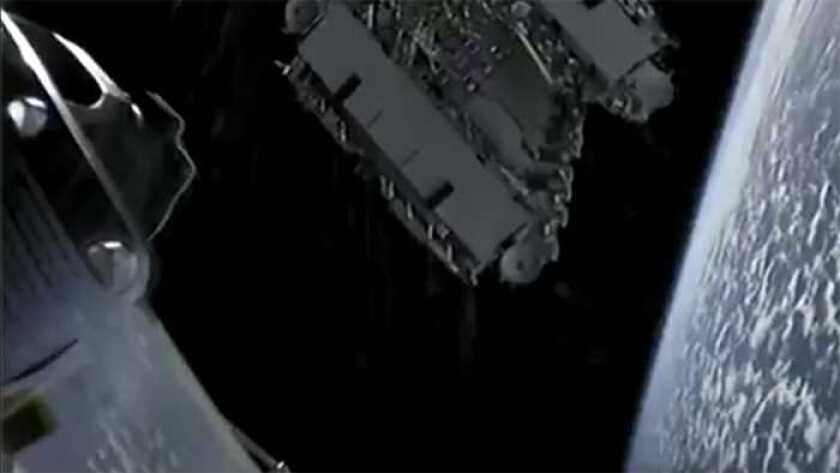The licence, which runs until March 2035, permits Starlink to install the 48cm diameter dishes anywhere in the continental US, plus Alaska, Hawaii, Puerto Rico and the US Virgin Isles.
Unlike normal licences, which specify precise locations, the Federal Communications Commission (FCC) has given SpaceX permission for “blanket earth stations”.
The latest launch – the sixth – of satellites for the project was last week, at 12:16 UTC on 18 March (see picture).
The company is making its own satellites, aiming for 1,440 in orbit by the end of 2020. It already has approval for a total of 12,000.
Last October the FCC approached the International Telecommunication Union (ITU) to seek a licence for another 30,000 Starlink satellites on top of that 12,000.
The satellites, orbiting between 328km and 580km above the Earth’s surface, making the round-trip ground-satellite-ground latency around 30ms, will provide global coverage – meaning SpaceX will need to apply for licences everywhere it plans to operate.
The company says: “Starlink is targeting service in the Northern US and Canada in 2020, rapidly expanding to near global coverage of the populated world by 2021.”
There are already 360 Starlink satellites in orbit, though it is unclear how many of that number have failed to work correctly. SpaceX is making them at a reported rate of six a day.






